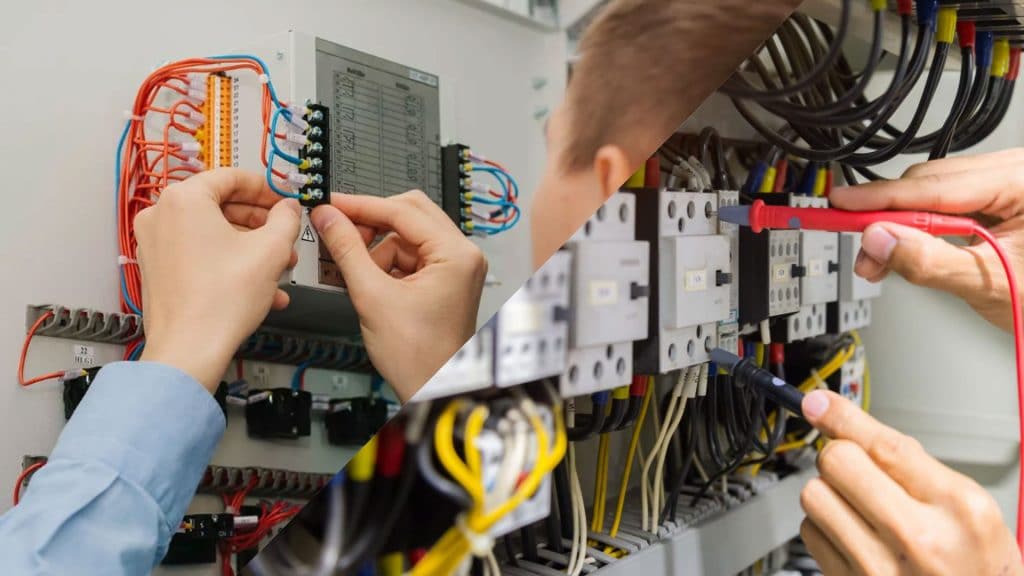In today’s hyper-connected world, we obsess over wireless speeds, cloud storage, and smart devices but rarely think about the silent workhorse making it all possible: low voltage cabling. Like the nervous system in the human body, these unassuming wires form the critical infrastructure that powers our digital lives. Whether you’re streaming 4K video, making crystal-clear VoIP calls, or relying on seamless building automation, low voltage cabling is the unsung hero delivering the performance you depend on.
Let’s pull back the curtain on why this technology matters more than ever.
The Invisible Foundation of Modern Connectivity
Low voltage cabling (operating at less than 50 volts) serves as the central nervous system for:
- Enterprise networks (Cat6, fiber optics)
- Security systems (IP cameras, access control)
- Smart building automation (lighting, HVAC, IoT)
- Audio/visual systems (conference rooms, digital signage)
Unlike traditional electrical wiring designed for power delivery, low voltage systems specialize in data transmission the lifeblood of our digital age.
3 Ways Low Voltage Cabling Supercharges Your Network
1. Speed That Never Sleeps
While Wi-Fi gets all the attention, wired low voltage connections provide:
- Faster speeds (10Gbps+ with Cat6a vs. Wi-Fi’s real-world 300-800Mbps)
- Lower latency (critical for gaming, video calls, financial transactions)
- Reliable performance (no dead zones or interference from microwaves)
Real-world example: A Wall Street trading firm upgraded to Cat8 cabling and reduced data transmission delays by 62% literally making millions in faster trades.
2. Power Where You Need It
Power over Ethernet (PoE) technology lets low voltage cabling:
- Deliver both data and power through a single cable
- Support devices like security cameras, VoIP phones, and LED lighting
- Reduce installation costs by up to 40% (no separate power runs needed)
Pro tip: New PoE++ standards can deliver up to 100W—enough to power thin clients and digital signage.
3. Future-Proof Flexibility
Well-designed low voltage infrastructure allows for:
- Easy upgrades (swap devices without rewiring)
- Scalable expansion (add ports where needed)
- Technology adoption (ready for 5G small cells, AR/VR systems)
The Hidden Costs of Neglecting Your Cabling
Many businesses make these expensive mistakes:
- Using outdated Cat5 cables that bottleneck modern bandwidth demands
- Poor cable management causing interference and service outages
- DIY installations that violate fire codes and performance standards
Building a Bulletproof Cabling Infrastructure
Follow these best practices for optimal performance:
- Choose the right cable type
- Cat6a for most office environments
- Fiber optics for long-distance/high-bandwidth needs
- Plenum-rated cables for air handling spaces
- Implement proper cable management
- Use labeled pathways and racks
- Maintain proper bend radiuses
The Future of Low Voltage: What’s Next?
Emerging technologies will demand even more from our cabling:
- Multi-gigabit PoE for advanced IoT devices
- Single-pair Ethernet for industrial automation
- Quantum-resistant fiber optics for ultra-secure communications
Is Your Network’s Backbone Strong Enough?
Your low voltage cabling system isn’t just another utility it’s the foundation supporting every digital innovation in your home or business. Like building a skyscraper, you wouldn’t compromise on the steel framework; why risk your network’s infrastructure?
Action step: Conduct a cabling audit this quarter. Look for:
- Cable certification reports
- Bandwidth headroom
- Physical condition of terminations
Upgrading your low voltage infrastructure might not be glamorous, but it’s the smartest investment you can make for reliable, high-performance connectivity.





























